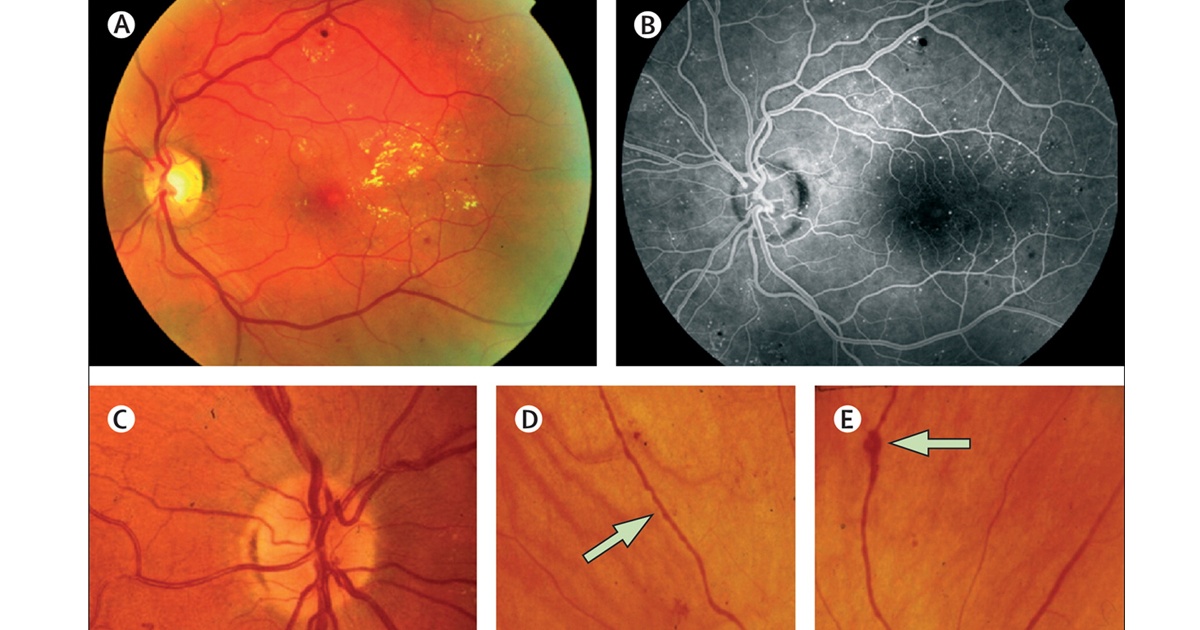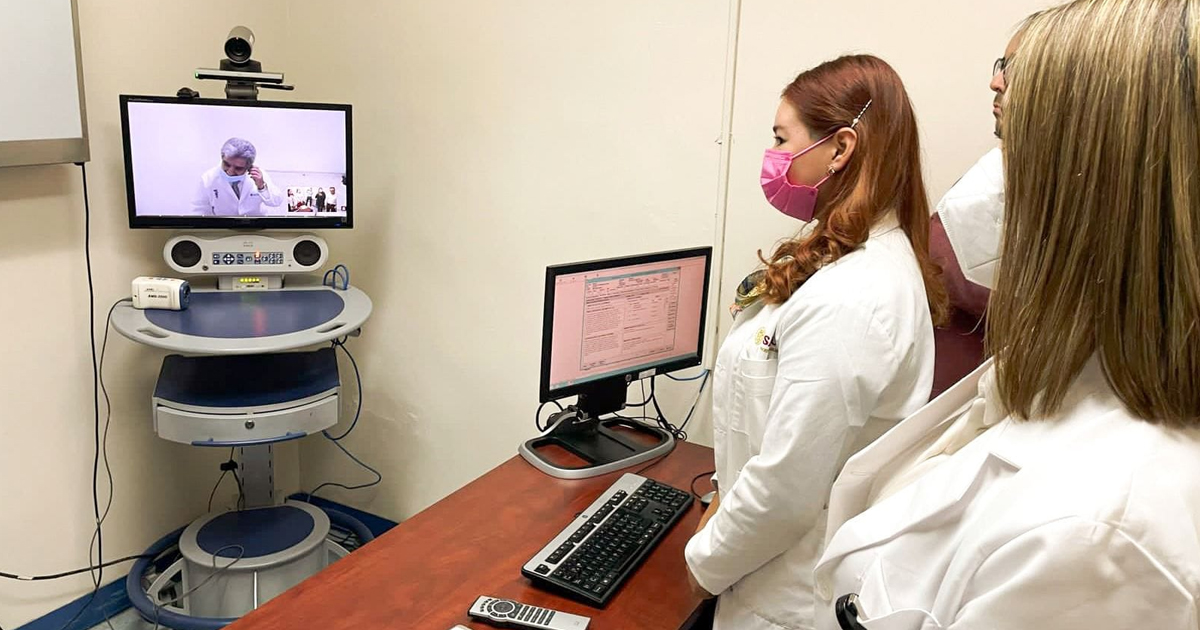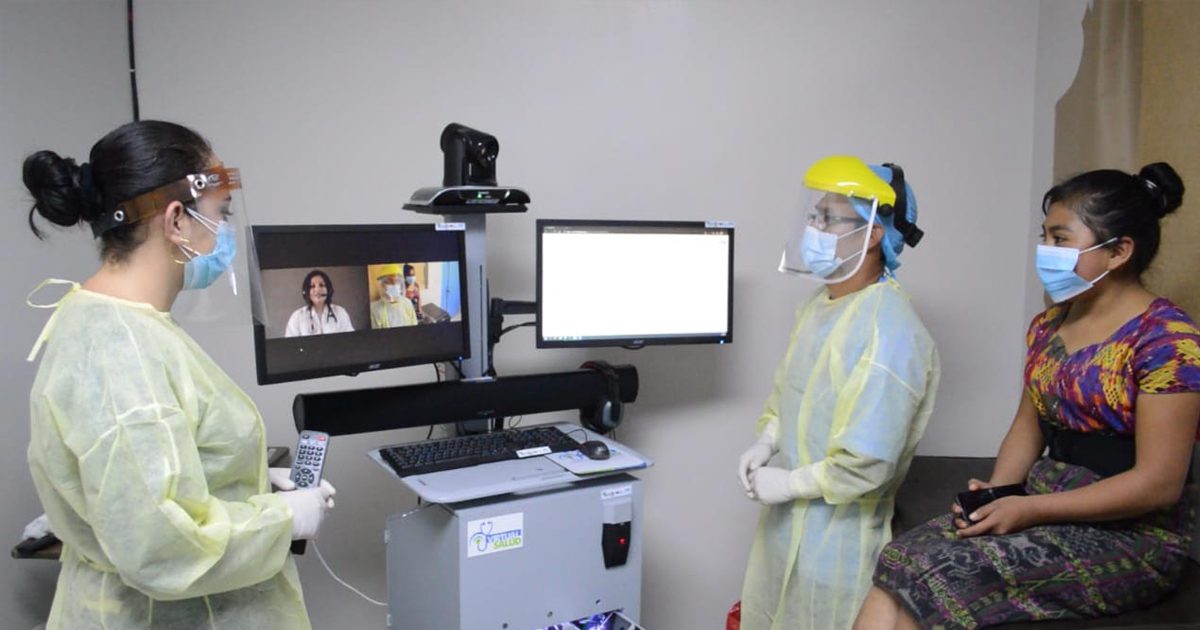Study published in The Lancet shows clinical processes that would favour early treatment for diabetic retinopathy, through a deep learning system.
Through screening blindness caused by diabetic retinopathy can be prevented, however, the challenge is to screen an increasing number of patients each year. The research: “Predicting the risk of developing diabetic retinopathy using deep learning,” published in the January 2021 issue of the British magazine The Lancet, aimed to create a deep learning system to predict the risk of patients with diabetes developing diabetic retinopathy in 2 years.
The developers of the system created and validated two versions of a deep learning system intended to predict the development of diabetic retinopathy in patients with type 2 diabetes. The patients had been tested for this disease. “The input for the two versions was either a set of three-field or one-field colour fundus photographs. Of the 575 431 eyes in the development set 28 899 had known outcomes, with the remaining 546 532 eyes used to augment the training process via multitask,” the authors explain about the method used.

For system validation, one eye was randomly selected for each patient from 3,678 eyes in an internal database in the United States and 2,345 eyes in an external data set in Thailand. The internal validation data set obtained an improvement in AUC from 0.72 to 0.81 and the external data set improved from 0.62 to 0.71 after the application of the deep learning system.
“The deep-learning systems predicted diabetic retinopathy development using colour fundus photographs, and the systems were independent of and more informative than available risk factors. Such a risk stratification tool might help to optimise screening intervals to reduce costs while improving vision-related outcomes,” the authors conclude.






